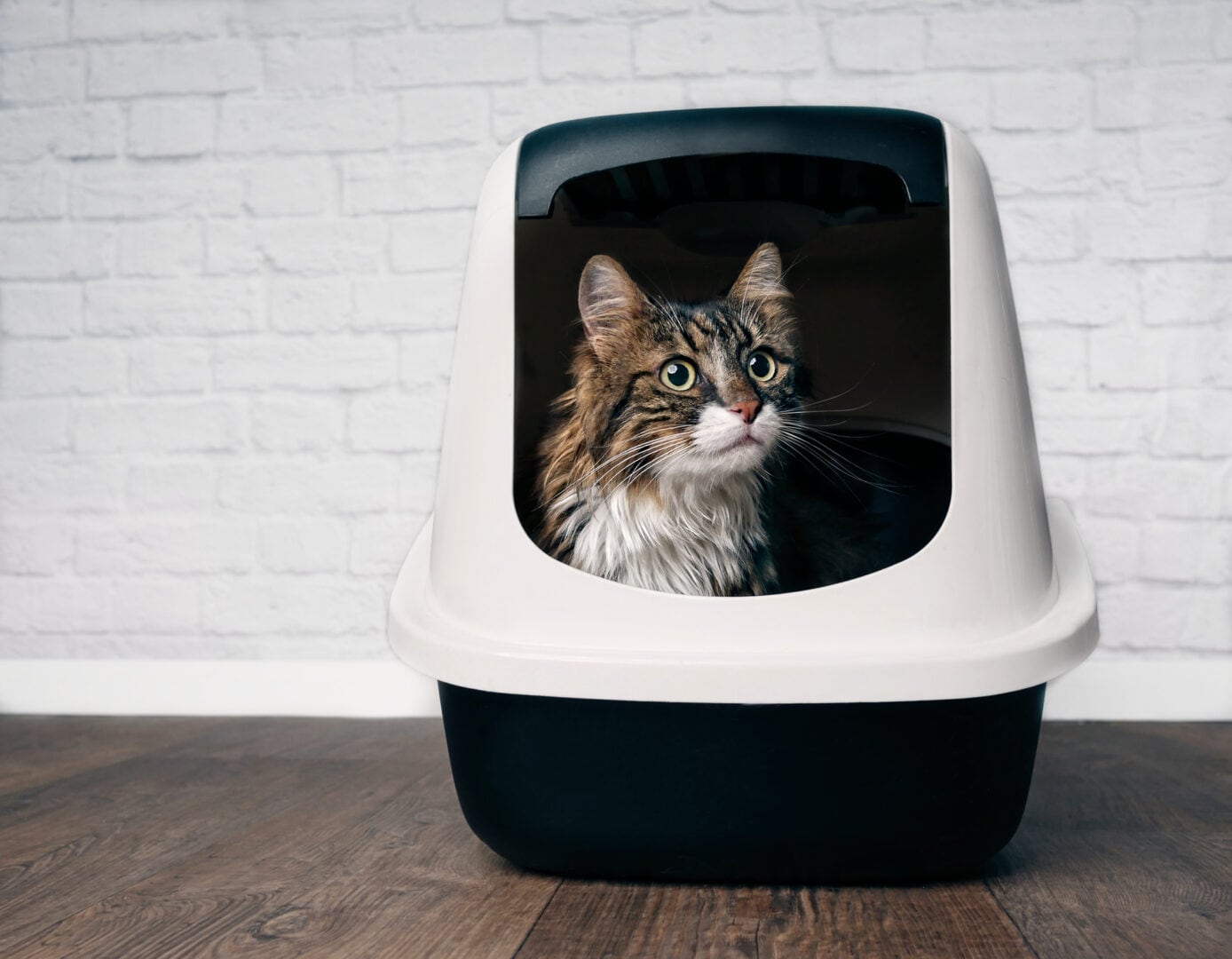Here’s the good news: cats don’t need to be trained to use a litter box; they instinctively know what to do. (In fact, if your cat isn’t using their litter box, make a vet appointment because this can be a sign that something is wrong.) We pet owners are the ones who can use some training to get it right.
Here’s your basic guide to litter boxes and cat litter. Think of it as kitty litter etiquette (kitty “litterquette”?)
What kind of litter box?
Litter boxes come in all shapes and sizes and some even clean themselves. However, there are some key features that really matter to your cat. Keep these things in mind when purchasing a litter box.
Join Care for free
- Size: Litter boxes should be big enough for your cat to use it comfortably. No kitty wants to be cramped for space while doing her business.
- Shape: The sides of the litter box should be low enough that your cat can hop in and out easily but high enough to prevent litter from spilling out all over the place.
- Cover: Some people prefer covered boxes, but your cat may not, especially if they are a bigger cat. A covered box may not give them enough room to “go” comfortably. Covered boxes can also trap odors, which cats hate as much as humans.
- Liners: Plastic liners may seem like a good idea to help with easy cleanup, but they may annoy your cat and cause more problems than they’re worth, especially if your cat ends up scratching holes in it.
How many litter boxes and where to put them?
How many litter boxes do you need? Just as people love homes with multiple bathrooms, cats love homes with multiple litter boxes. Don’t skimp on the accommodations!
- Number of boxes: You need at least one litter box per cat. Some experts recommend having one per cat plus one, so a two-cat home would have three boxes. Having multiple boxes for a multiple cat household cuts down on the likelihood that one cat can prevent another from using a box.
- Peace and quiet: Choose a quiet, out of the way location. Avoid placing boxes near noisy appliances or in a cold, drafty part of the house. If you have more than one cat, make sure the boxes aren’t situated in a place where one cat can ambush and frighten the other.
- One on every floor: Another good rule is to have one litter box on each level of your home. This ensures that your cat always has easy access to her bathroom.
- NEVER near food: Don’t put a litter box near your cat’s food and water. That’s gross, even to a cat!
What kind of kitty litter?
You have a toilet paper preference, right? Chances are your cat has a kitty litter preference.
- Texture: Cats tend to prefer finer-grained litter and the kind that clumps. On the other hand, some cats might be fine with high quality, dust-free clay varieties that don’t clump.
- Scent: Unscented litter is a good bet since cats may find the perfume in scented litter unpleasant. Scented litter is also unnecessary, as a properly cleaned litter box will not smell.
- For outdoor cats: If your cat is accustomed to using nature as their litter box, you can mix some potting soil in with clay litter to encourage him to use the litter box.
- For picky kitties: If your cat doesn’t seem to like the litter you’re using, do a side-by-side comparison. Line up several boxes with different kinds of litter and see which your cat prefers.
- How much: Two inches of litter is a good rule of paw. Some cats prefer a hard, smooth surface. In that case, use just enough litter so that your cat can push it out of the way, use the bottom of the box, and then cover up her business with the litter.
Quick litter box checklist
Products to purchase to get you started
- Litter box big enough to accommodate your cat.
- High-quality kitty litter.
- Litter scoop and scoop holder if using scoopable litter.
How often should you clean a litter box?
- Daily: If you use clumping litter, scoop out the clumps at least once a day.
- Weekly (or so): How often should you empty out all of the litter and replace it with new, fresh litter? At least twice a week for clay litter, or every few weeks for scoopable, clumping litter.
- Monthly: Wash out the litter box with mild soap and water. Don’t use harsh chemicals, because these can be toxic to cats and may leave behind odor and residue that will repel them from using the box.



